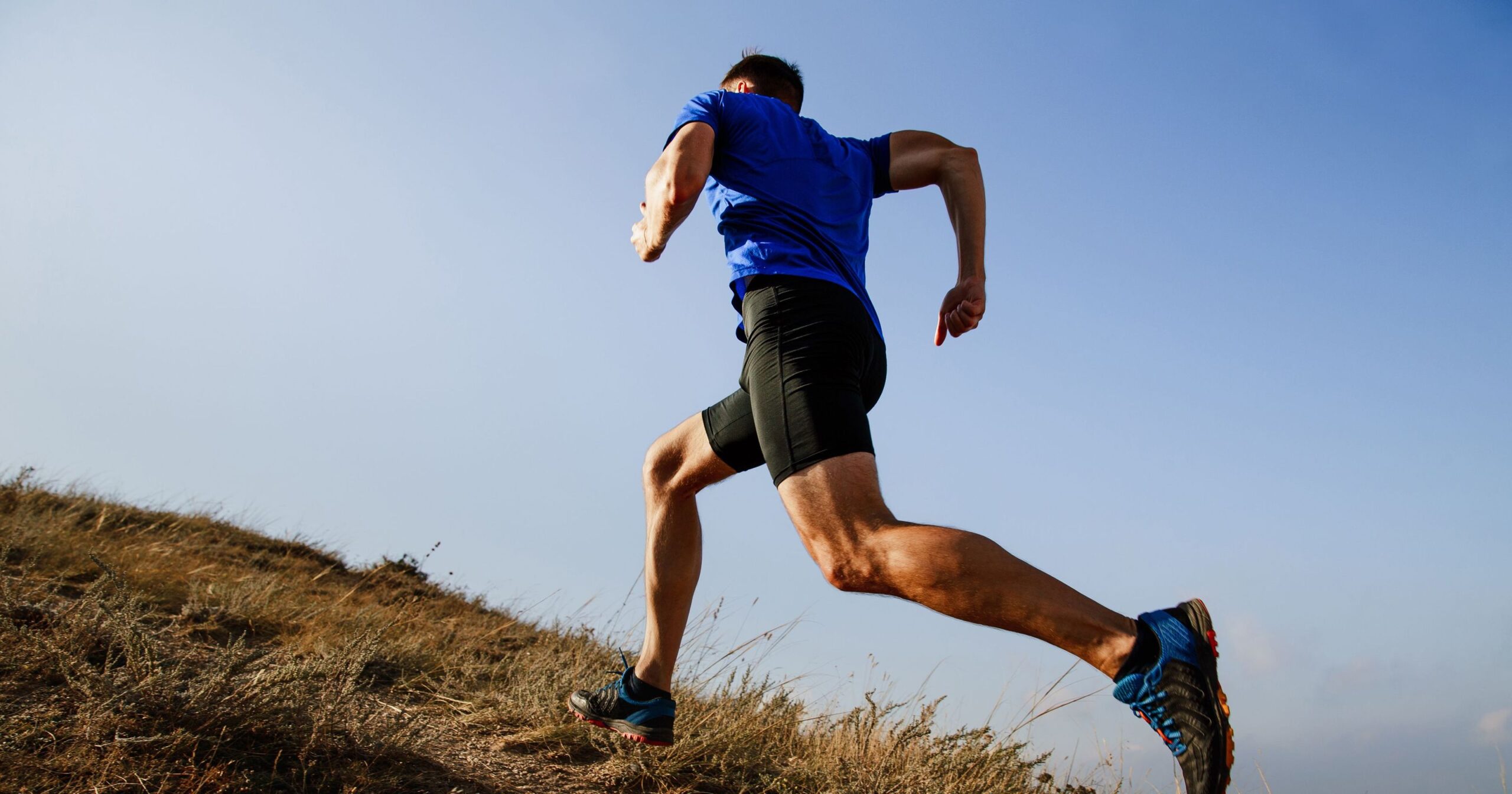It is going to be an unusually hot week. As we get older, our thermostats may not function as they did when we were younger making us mor vulnerable to heat related illness. Here is some information for patients from UpToDate, an online medical text for physicians that is continuously updated. Of course, it is better to prevent it than treat it. Scroll to the bottom for prevention.
What is heat stroke? Heat stroke is a condition that can happen when a person’s body gets too hot. Most often, heat stroke happens when people exercise in very hot and humid weather without drinking enough fluids. But heat stroke can also happen in people who are not exercising. It is especially likely to affect older people, people who have health problems, and young children and babies. These people need to be extra careful in hot conditions.
Heat stroke is a medical emergency that needs to be treated quickly. That’s because heat stroke can lead to death if it is not treated quickly.
When people get too hot, they can also get “heat cramps” and “heat exhaustion.” These conditions are not as serious as heat stroke, but they can lead to heat stroke if they aren’t treated.
What are the symptoms of heat stroke? People with heat stroke have:
●A body temperature of 104°F (40°C) or higher
●Brain symptoms – These can include:
•Confusion or trouble thinking clearly
•Seeing or hearing things that aren’t real (called “hallucinating”)
•Trouble walking
•Seizures
•Passing out
Heat stroke can also cause:
●Fast breathing or a fast heartbeat
●Skin redness and warmth – The skin might feel moist or dry.
●Vomiting or diarrhea
●Muscle cramps or weakness
●Headaches
Should I see a doctor or nurse?Yes. If you or someone you are with has heat stroke, get medical help right away. Call for an ambulance (in the US and Canada, call 9-1-1).
Is there a test for heat stroke?Yes. The doctor will do an exam and check your temperature. They will probably need to take your temperature rectally to get the most exact result. To take a rectal temperature, a doctor or nurse will insert a thermometer into your anus.
The doctor will probably also do other tests to find out if the heat stroke hurt other organs in your body. These tests can include:
●Blood tests
●Urine tests
●Chest X-ray
●Electrocardiogram (ECG) – This test measures the electrical activity in your heart (figure 1).
How is heat stroke treated? The main treatment involves cooling your body down as soon as possible. Medical professionals can do this in different ways. It might involve using a fan to blow air on wet skin, pouring cold water over you, or putting you in an ice bath. If possible, this might be done before taking you to the hospital.
In the hospital, your doctor will also treat any other problems the heat stroke has caused.
Can heat stroke be prevented? Yes. When it is hot or humid out, you can do the following things to help prevent heat stroke:
●Try not to be too active, and take breaks when you exercise
●Drink enough fluids, such as water or sports drinks, so you do not feel thirsty. But don’t force yourself to drink very large amounts in a short time, and don’t drink so much that you feel uncomfortable. This can be harmful.
●Do any exercise early in the day, before it gets too hot out
●Wear loose, lightweight clothes. Don’t wear too many layers.
●Avoid being in a hot car
You should also watch for symptoms of heat cramps or heat exhaustion. Heat cramps cause painful muscle cramps. Heat exhaustion can cause headaches, dizziness, nausea, or vomiting. It can also make you thirsty or tired.
If you have symptoms of heat cramps or heat exhaustion, you should cool your body down right away to avoid getting heat stroke.
To cool your body down, you can:
●Spray yourself with cool water and then sit in front of a fan
●Move into the shade, or go into an air-conditioned building or car
●Take a cool shower or bath
●Drink water or a sports drink. Do not have a drink with alcohol or caffeine.
●Take off any extra clothing you are wearing
●Put a cold pack or cool cloth on your neck, armpits, and groin




